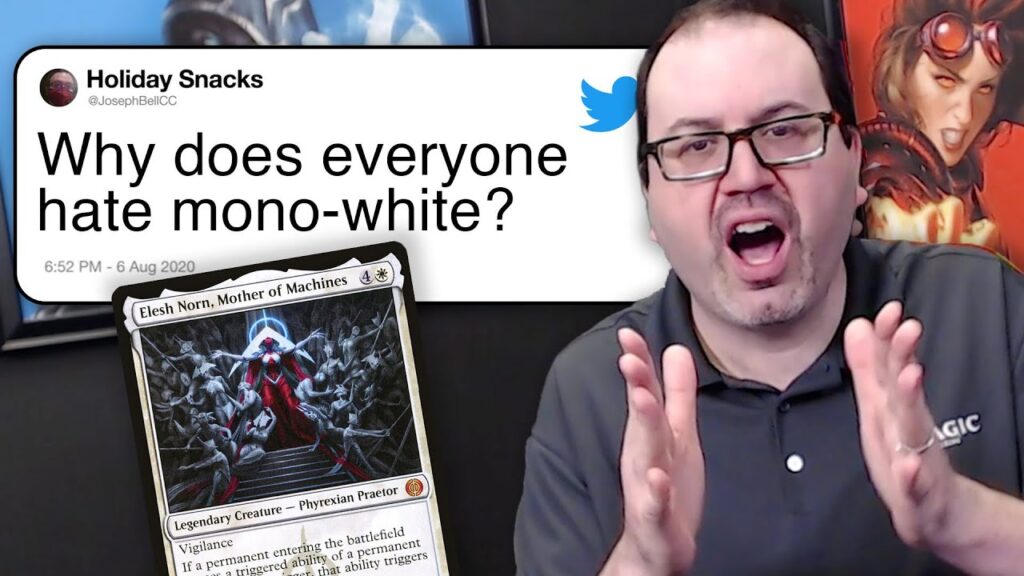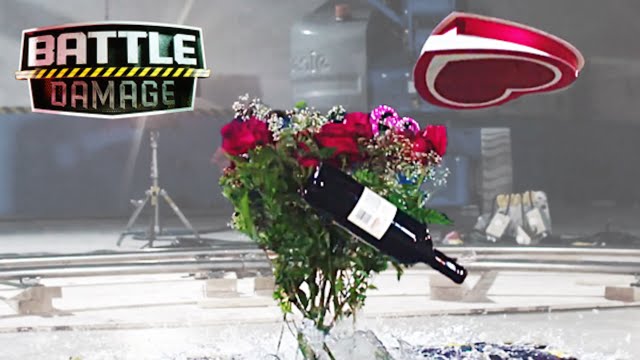Poison and Toxic Substances: What You Need to Know
Summary
In this article, we discuss various topics related to poison and toxic substances. We cover the effectiveness of activated charcoal, what to do if you feel poisoned, the use of syrup of ipecac, and the truth about poinsettias. We also provide tips for distinguishing between poisonous and edible mushrooms.
Table of Contents
- The Effectiveness of Activated Charcoal
- What to Do If You Feel Poisoned
- The Use of Syrup of Ipecac
- The Truth About Poinsettias
- Distinguishing Between Poisonous and Edible Mushrooms
The Effectiveness of Activated Charcoal
Activated charcoal is only effective in removing toxins from the intestinal tract, not from the rest of the body. If someone feels poisoned, they should go to a doctor and keep a diary of their symptoms. Drinking water or milk after swallowing poison may make things worse, so it’s important to call poison control for advice.
What to Do If You Feel Poisoned
If you feel poisoned, it’s important to seek medical attention immediately. Symptoms may include nausea, vomiting, diarrhea, dizziness, and difficulty breathing. Keeping a diary of your symptoms can help medical professionals determine the cause of your poisoning and provide appropriate treatment.
The Use of Syrup of Ipecac
Syrup of ipecac is a syrup made from the dried root of a South American plant that is used to induce vomiting in emergency situations. However, it should only be used after consulting with poison control, as it can be dangerous if used incorrectly. It has also been abused by people trying to lose weight, so it’s important to use it only under medical supervision.
The Truth About Poinsettias
Contrary to popular belief, poinsettias are not poisonous. It would take a significant amount of leaves to reach a toxic dose, and even then, the symptoms would be mild. However, it’s important to keep all plants out of reach of children and pets to prevent accidental ingestion.
Distinguishing Between Poisonous and Edible Mushrooms
An easy way to tell the difference between a poisonous mushroom and an edible one is to check if it’s sold at a grocery store. However, caution should be exercised when foraging for mushrooms, as it’s difficult to distinguish between the two. Only about 100 out of all the mushrooms out there are poisonous, but with 6,000 mushroom poisonings reported to the CDC every year, it’s important to be careful. Half of these poisonings are from children ingesting random mushrooms in their backyard, so it’s important to educate children not to do so.
Conclusion
In conclusion, it’s important to be aware of the potential dangers of poison and toxic substances. If you suspect you have been poisoned, seek medical attention immediately and keep a diary of your symptoms. Always call poison control for advice before taking any action. And remember, when it comes to mushrooms, if you’re not sure, don’t eat it!







